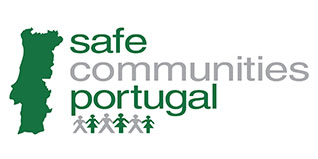1 – In rural areas, in municipalities where there is a “very high” or “maximum” level of rural fire danger, under the terms of article 43:
a) It is not allowed to make bonfires for recreation, leisure, or in the context of popular festivals;
b) It is only allowed to use fire for cooking food, as well as the use of burning and combustion equipment intended for lighting or cooking, in places expressly provided for that purpose, namely in leisure and recreation parks and others when properly infrastructured and identified as such;
c) The burning of heaps, including those resulting from mandatory phytosanitary requirements, is subject to authorization by the local authority, under the terms of the previous article, which must define the necessary monitoring for its implementation, taking into account the susceptibility to fire in the area at any given time.
2 – When the rural fire danger index in the municipality is below the “very high” level, under the terms of article 43, the burning of piles, including that resulting from phytosanitary requirements of mandatory compliance, depends on:
a) Authorization from the municipal council in the period from 1 June to 31 October, which must define the necessary monitoring for its implementation, taking into account the susceptibility to fire of the area at the given moment;
b) Mere prior communication to the municipal council, in the remaining periods of the year.
3 – The person responsible for burning the piles referred to in the previous number cannot leave the place during the time in which it takes place and until it is duly extinguished and its effective extinction is guaranteed.
4 – The burning of piles, without authorization and without monitoring defined by the local authority, is considered the use of intentional fire.
5 – Municipalities, parishes and producer organizations can develop alternative methods of disposal and treatment of leftovers, namely via composting, areas for deposit and temporary storage of biomass or a collection system with the citizens.


 For species not mentioned in the preceding paragraph, the distance between the canopies of the trees must be at least 4 metres and should be pruned to 50% of their height if they are 8 metres tall or less; or if more than 8 m in height then pruned at least 4 metres above the ground.
For species not mentioned in the preceding paragraph, the distance between the canopies of the trees must be at least 4 metres and should be pruned to 50% of their height if they are 8 metres tall or less; or if more than 8 m in height then pruned at least 4 metres above the ground. If a neighbours land is within your fuel management band then the owner of land is responsible for the fuel management under the requirement laid down by law.
If a neighbours land is within your fuel management band then the owner of land is responsible for the fuel management under the requirement laid down by law.